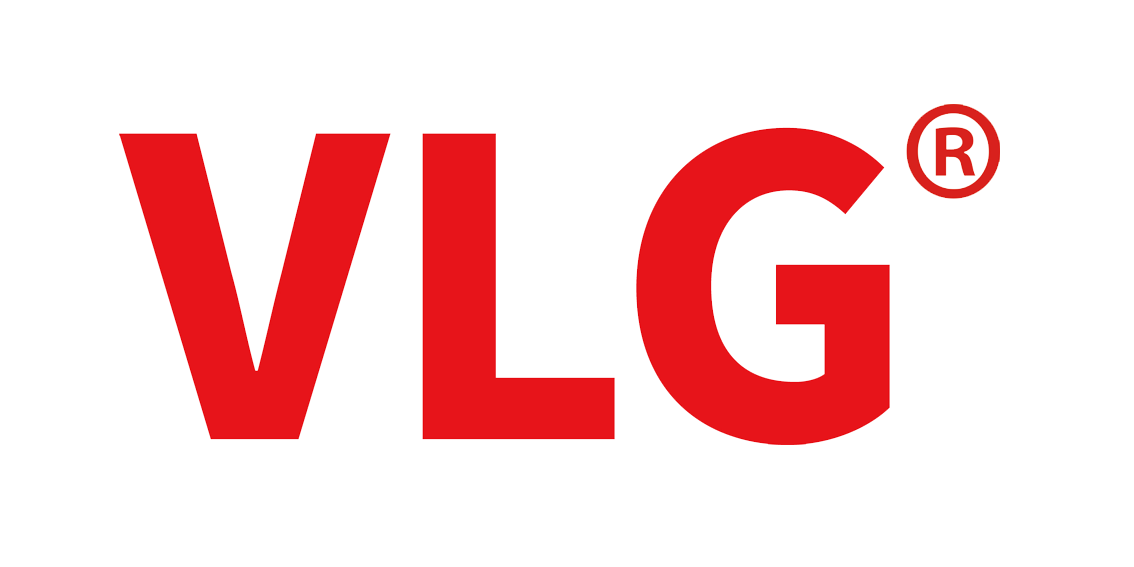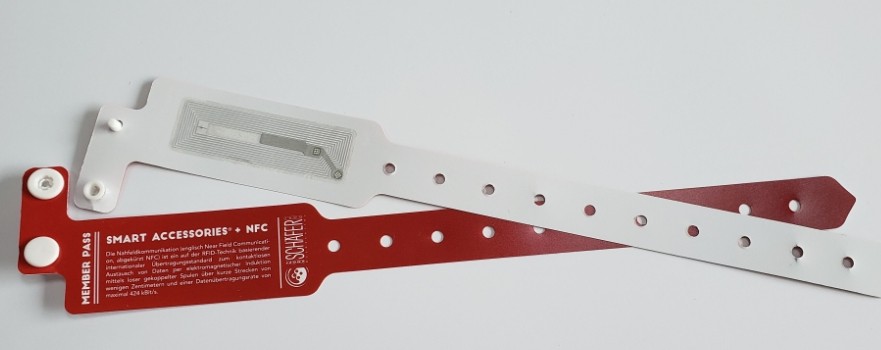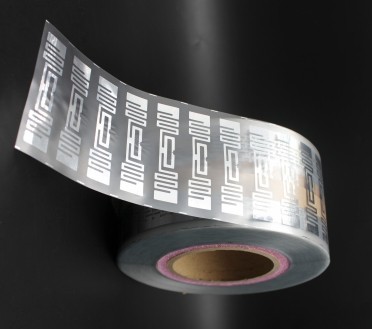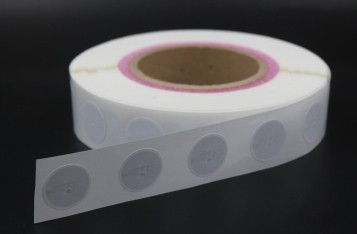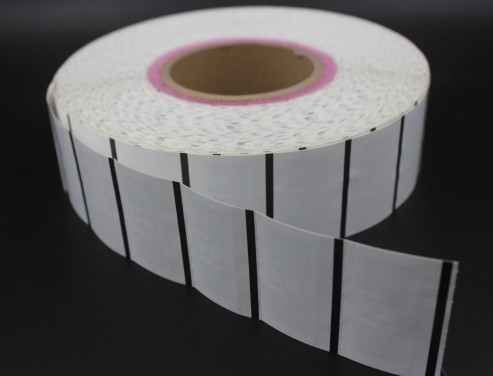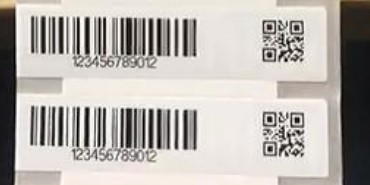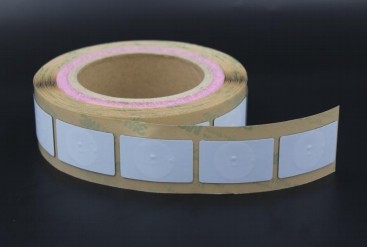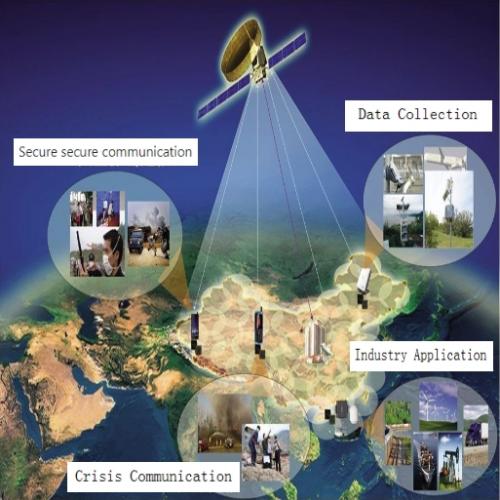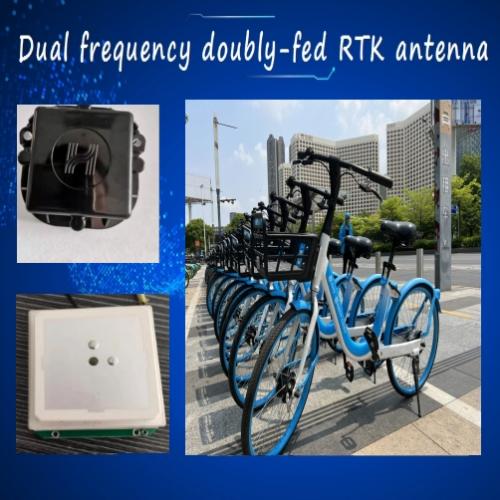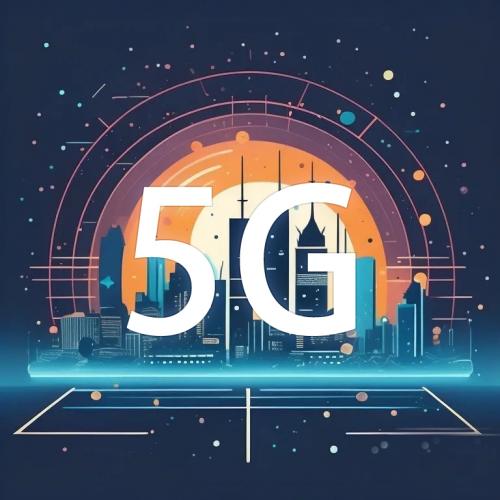RFID technology: the basic knowledge and application scenarios of radio frequency identification technology
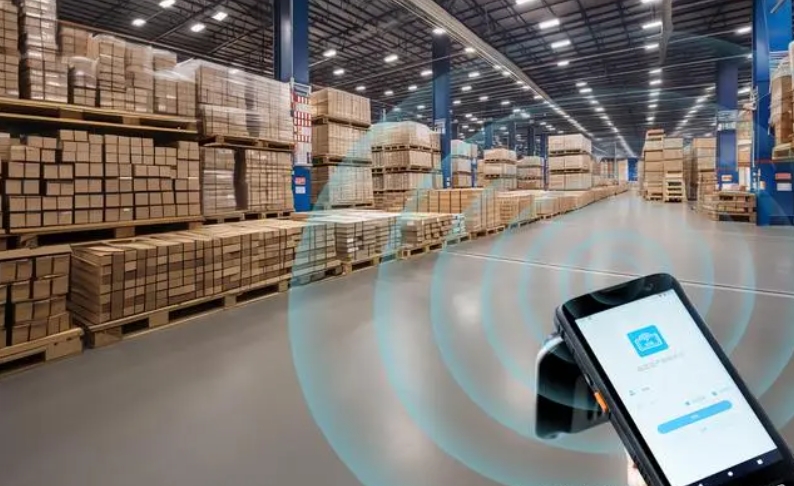 First, about RFID technology
First, about RFID technology
1.1 Introduction to RFID technology
Radio Frequency Identification (RFID), radio frequency identification technology, is a non-contact automatic identification technology. It uses the transmission characteristics of radio frequency signal and spatial coupling (inductive or electromagnetic coupling) or radar reflection to realize automatic recognition of recognized objects.
1.2 Composition of RFID system
A complete RFID system is mainly composed of readers and electronic tags (tags). The reader is responsible for reading or writing tag information, while the tag is attached to the object and used to identify the target object. In addition, an Antenna transmits radio frequency signals between the tag and the reader.
1.3 RFID tag classification
Divided by energy supply: passive label, semi-active label, active label. Divided by operating frequency: low frequency (LF), high frequency (HF), ultra-high frequency (UHF), etc.
1.4 Characteristics and disadvantages of labels in different frequency bands
Low frequency (LF) : the technology is simple, reliable and mature, but it is not sensitive to metal liquids, low communication speed, and short working distance. High frequency (HF) : has a high communication speed and a long working distance, can read multiple labels at the same time, but the distance is not far enough, the antenna size is large. Ultra-high frequency (UHF) : the working distance is long, the antenna size is small, and multiple labels can be read at the same time, but the frequency band regulation of various countries is different, and the transmission power is limited.
Second, about RFID products
2.1 Product process introduction
Antenna process flow: including aluminum film PET coating printing, etching, oil removal cleaning and other steps. Reverse packaging process: involving antenna raw material debugging, reverse packaging machine point conductive adhesive, binding chip, etc.
2.2 Types of processed products
Dry INLAY, wet INLAY self-adhesive labels, cloth/tag paper tickets, flexible anti-metal labels Jewelry labels, tear resistant labels Library labels, medical labels, etc
Third, about RFID chips
3.1 Major RFID chip manufacturers
NXP, EM, ST, Fudan Micro, Infineon and so on.
3.2 Main product series of each chip manufacturer
NXP: Icode series, NTAG series, UCODE series, etc.
EM: EM4200 series, EM4305 series, etc.
ST: ST25R series, ST25TA series, etc. FM11RF series, FM13HF series, etc.
Fourth, RFID product application field
4.1 Retail Applications
Supply chain management, inventory management, in-store merchandise management, etc.
4.2 Book Application
New books into the library, shelves, shelves, inventory, etc.
4.3 Textile washing applications
Track and trace the washing, management and distribution process of washing items.
4.4 Smart Warehouse Applications
Improve warehouse utilization, delivery efficiency, etc.
4.5 Fixed assets Management
Management of asset additions, changes, obsolescence, etc.
4.6 Production line data collection
Real-time and effective monitoring of production schedule and process.
4.7 Anti-counterfeiting traceability
We will resist counterfeiting and shoddy products and improve the efficiency of production and logistics.
Inventory, anti-counterfeiting, import and shipment management.
V. Summary
RFID technology, as an efficient and convenient automatic identification technology, has been widely used in various fields. With the continuous development and improvement of technology, it is believed that RFID will play a greater role in more fields in the future
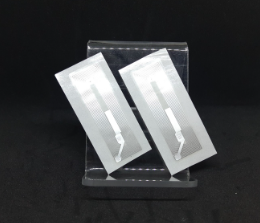 | 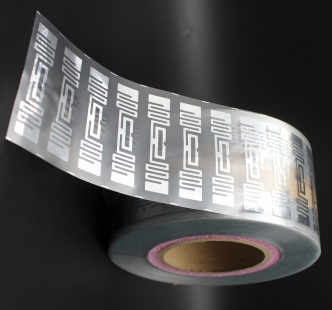 |
| RFID UNMANNED RETAIL TAGS |
